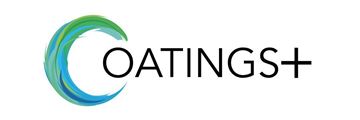Search
A New Protocol for Evaluating the Effectiveness of Coatings Used to Reduce Corrosion of Steel Structures
Also Purchased
A New Film Thickness Gage With Built-in Temperature and Humidity Measurement
Product Number:
51220-293-SG
Publication Date:
2020
$20.00
Analysis of Coating Blister Failures and Associated Coating and Substrate Risks
Product Number:
51220-254-SG
Publication Date:
2020
$20.00




